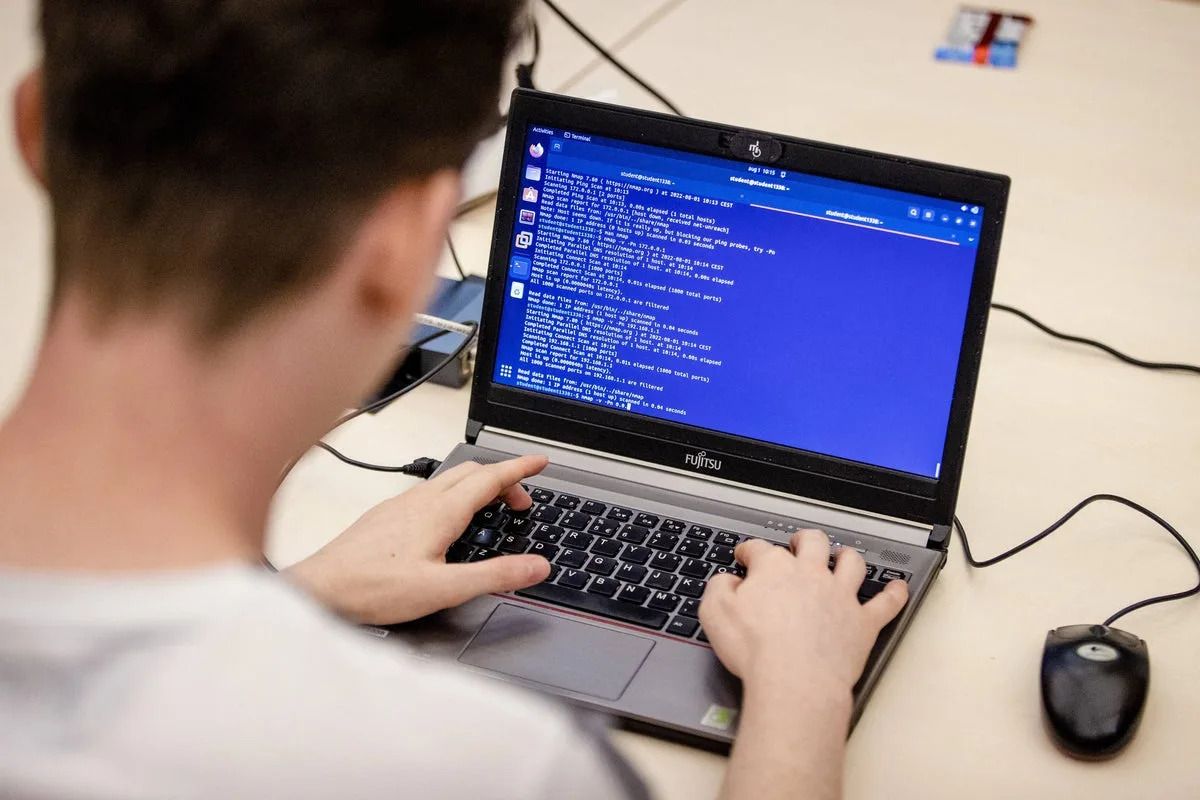
Sign up for the Slatest to get the most insightful analysis, criticism, and advice out there, delivered to your inbox daily.
Abraham Lincoln once said that “the greatest service of citizenship is jury duty.”
Each day, citizens throughout the United States receive letters summoning them to appear for jury duty. Such letters are not mere suggestions. Recipients are legally bound to report for jury duty, and failure to do so can result in fines and other penalties.
A jury summons letter also typically includes instructions for seeking an exemption or excusal, and courts often excuse parents and primary caregivers of minor children from jury duty. Child care responsibilities are likely one of the most common reasons for jury excusal in the United States, and it raises the following question: When parents and other primary caregivers are excused from jury duty, do juries meet the standards of representativeness and impartiality enshrined in the U.S. Constitution? Do they truly constitute a jury of one’s peers?
This latter concept dates back to the Magna Carta, signed by King John in 1215 at Runnymede in England. The text states that “no free man shall be seized, imprisoned, dispossessed, outlawed, exiled or ruined in any way, nor in any way proceeded against, except by the lawful judgement of his peers and the law of the land.” Our Founding Fathers credited this clause as the origin of the right to a trial by a jury of one’s peers.
Today, courts differ in their approaches to jury excusal for caregivers of minor children. The 10th Judicial District of Suffolk County, New York, excuses caregivers of children under the age of 16 who can provide the child’s birth certificate and explain why other arrangements cannot be made. The 8th Judicial Circuit of Florida only exempts caregivers of children age 6 and under. Conversely, the North Carolina Judicial Branch does not even mention caregivers in its list of excused parties. Similar to North Carolina, under “Excuses,” the federal court website does not specifically mention caregivers.
A 2021 report issued by the Equal Justice Initiative titled “Race and the Jury: Illegal Discrimination in Jury Selection” included a sidebar exploring the history of gender-based jury exclusion. According to EJI’s research, it was not until 1975 that the U.S. Supreme Court determined that excluding women from jury duty “violates the requirement that a jury be drawn from a fair cross-section of the community.” Nonetheless, attorneys continued to eliminate both genders from juries using peremptory strikes until a 1994 U.S. Supreme Court decision determined that gender-based strikes “violate the Fourteenth Amendment right to equal protection.”
Well before these rulings, in Ballard v. United States, the U.S. Supreme Court noted in 1946:
If the shoe were on the other foot, who would claim that a jury was truly representative of the community if all men were intentionally and systematically excluded from the panel? The truth is that the two sexes are not fungible; a community made up exclusively of one is different from a community composed of both; the subtle interplay of influence of one on the other is among the imponderables.
Yet, a February 2021 study titled “Unequal Jury Representation and Its Consequences” indicates that jury representation in the U.S. remains unequal, concluding that a jury’s race, age, gender, political affiliation, and experiences “affect trial outcomes in the real world.”
The United States has made progress in ensuring gender equality in jury composition. According to a 2022 Michigan Journal of Gender and Law article titled “Gentlewomen of the Jury,” “In recent decades, women now participate nearly equally alongside men on juries in most U.S. jurisdictions, in both state and federal courts.” Still, according to a 2023 U.S. News and World Report article, mothers make up the overwhelming majority of stay-at-home parents.
For juries to truly be composed of “one’s peers,” mothers and other primary caregivers must be included rather than simply being excused from their civic duty. Federal, state, and district courts should provide ways for such prospective jurors to obtain child care, whether it be actual care services, vouchers, stipends, or other accommodations.
Such solutions already exist in some places. In the Canadian province of British Columbia, for example, “Jurors can receive up to $50/day in childcare costs as long as it is proven that the childcare was required to attend the trial and would not have been otherwise provided.” This is not a great sum, but it may provide caregivers with the needed incentive to take part in, rather than avoid, this important civic duty.
Perhaps even more compelling, courts in the U.S. District of Columbia “offer free childcare services to any member of the public that has in-person business with the Courts, including jurors.” This provision lifts the burdens on parents and caregivers of children almost entirely.
The National Center for State Courts issued a report titled “Preserving the Future of Juries and Jury Trials” in 2024, noting that
fewer people are willing or able to serve as jurors, partly due to the inconvenience and financial hardship it can impose, and partly due to a decline in civic education and engagement. This has resulted in jury pools that are less representative of the communities from which they are selected, further diminishing public confidence in the system.
The NCSC report shows that the problems plaguing juries and jury trials are multifaceted, and that child care issues are merely one aspect of a complex picture. Still, it’s well past time for courts across the country to offer uniform provision of vouchers or stipends for child care. Such a move would go a long way toward improving civic willingness to fulfill this historic duty.








Comments